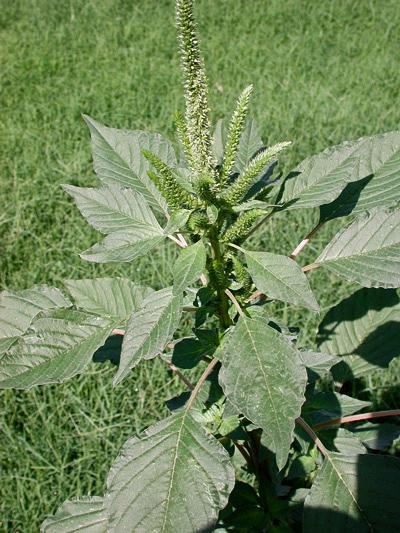
Palmer's amaranth (Amaranthus palmeri)
Palmer's amaranth, also known as Dioecious amaranth
**Uses of Palmer's Amaranth (Amaranthus palmeri):**
1. **Nutritional Benefits**: The leaves and seeds are packed with proteins, vitamins, and minerals, making them a valuable food source.
2. **Animal Feed**: It is sometimes utilized as forage due to its substantial biomass and nutritional profile.
3. **Soil Improvement**: Its deep root system aids in soil aeration, thereby enhancing soil health.
**Drawbacks of Palmer's Amaranth:**
1. **Invasive Nature**: It grows rapidly and competes aggressively with crops, leading to significant agricultural losses.
2. **Herbicide Resistance**: The plant has developed resistance to multiple herbicides, complicating its management.
3. **Allergenic Potential**: Its pollen can trigger allergic reactions in sensitive individuals.
Key Facts About Palmer's amaranth
Attributes of Palmer's amaranth
Scientific Classification of Palmer's amaranth
Toxicity
Ingestion